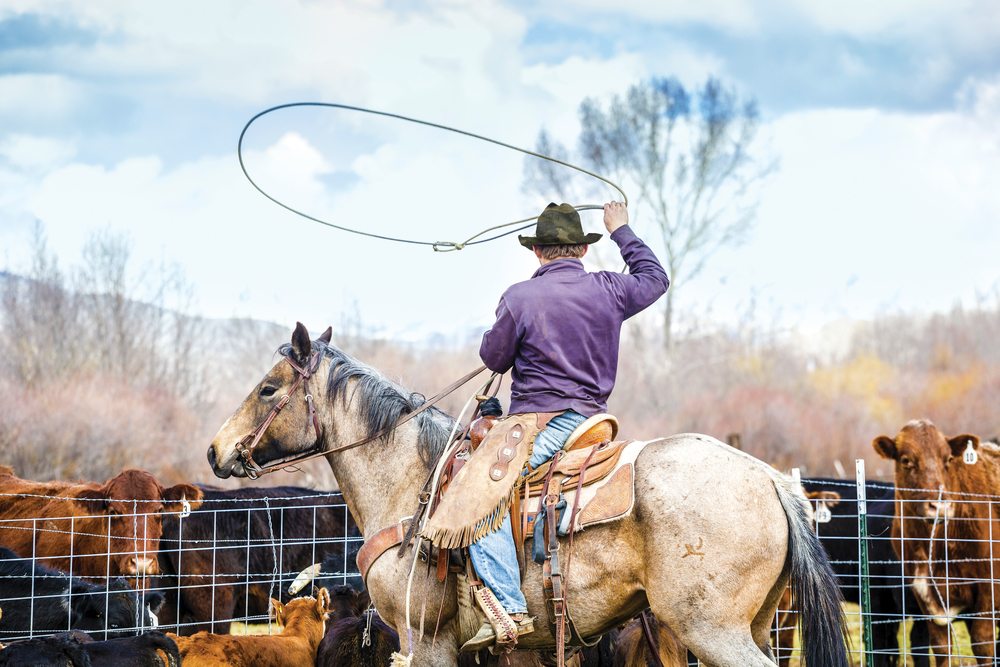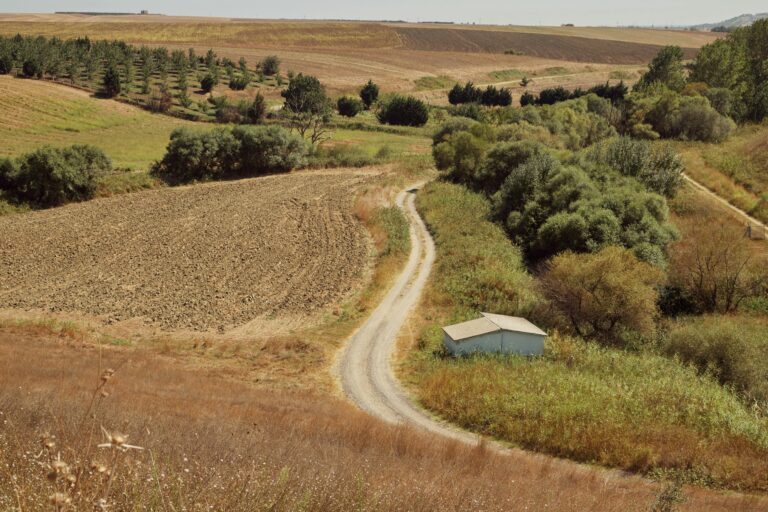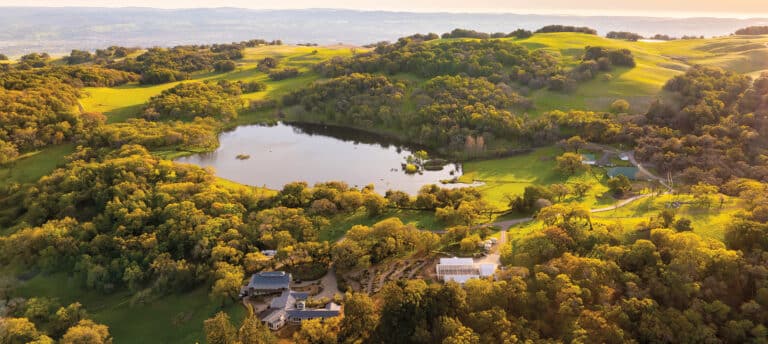
Written by Greg Simons and Ruben Cantu
The allure of owning ranchland is deeply rooted in our American culture. As the late novelist, Louis L’Amour wrote, “There’s a little cowboy in all of us, a little frontier.” In recent decades there has been an increasing demand for land dedicated to wildlife-related recreational purposes instead of traditional agricultural purposes. This reality challenges today’s landowner to strike a balance between being a livestock operator and a wildlife manager.
Dr. Dale Rollins, a well-respected wildlife specialist, often challenges his “students” to don a camo cowboy hat while determining how to integrate wildlife-based programs into existing livestock operations. Put on your camo cowboy hat as we take a closer look at the challenges and opportunities inherent in balancing wildlife and ranching enterprises.
Cattle as Tools
New landowners—and even not so new landowners—have removed cattle from their land thinking this was in the best interest of wildlife. That’s not necessarily so. Aldo Leopold, known as the father of wildlife management, described the cow “as a tool that was once used to destroy wildlife and their habitat, but when the tool is used in a positive manner it can restore wildlife.”
Because the relationship between wildlife and cattle is not clearly understood, it is widely believed that cattle are detrimental to wildlife habitat. Frankly, it’s not the cattle, but improperly managed grazing that creates issues. When grazing is properly managed, the vegetation is given time to rest and recover after it has been grazed. The result is increased plant vigor and diversity.
To understand the role that cattle can play in rangeland ecology, think of cows as the domesticated substitute for bison which numbered in the millions across much of Texas’ rangelands at a time when wildlife flourished. Cattle like bison are primarily grass eaters. Deer are primarily browsers and forb eaters. Quail utilize the seeds from many forbs and use residual grass clumps for nesting.
When cattle remove grass cover it allows sunlight to penetrate the soil which prompts forb germination. When cattle vacate a pasture as part of a grazing program, it’s common to see more deer utilizing new forb growth spurred by the grazing. Without cows to remove some of the stagnant grassy vegetation there wouldn’t be a flush of high quality forage to benefit the deer and quail.
In short, a cow is the best wildlife management tool available to a landowner. When managed properly, a cow consumes what is naturally growing from sunlight energy, stimulates the production of more forage for other wildlife, and can make a landowner money rather than using money.
It’s highly recommended that you consult with a resource specialist to help you determine if a wildlife and livestock operation can co-exist on your property. The compatibility considerations should take in both the wildlife and livestock sides of the equation. The emphasis of your wildlife program, whether it is deer, quail, songbirds, Houston toads or something else, will influence how livestock and range management practices are blended together. The “measure twice and cut once” approach is a wise operational philosophy to avoid making costly mistakes that are hard to repair.
Ag/Wildlife Valuation
Passed in the 1995, Proposition 11 provided landowners with the option of meeting their ag valuation standards through wildlife-related practices When it comes to balancing wildlife and livestock enterprises, perhaps, the most important thing to remember about wildlife valuation is that it allows livestock grazing but doesn’t require it, so landowners have flexibility in timing their grazing and setting their stocking rate. Under traditional ag valuation, landowners must meet minimum mandatory stocking rates year-round regardless of range or weather conditions.
If you need the positive impacts of grazing but don’t want to own livestock, consider the option of a grazing lease. A good lessee can provide all the positive benefits of good grazing management without the landowner having the responsibility of livestock ownership.
People
There is a human element to the wildlife and livestock equation: staff. When it comes to retro-fitting “ranch people” into a hospitality-intensive, wildlife-based recreational program, you can run into “stormy days with silver-lined clouds.” People who gravitate toward traditional ranch work may not be especially eager to cater to hunters and other guests, but the staff’s knowledge and passion for the land is contagious and their knowledge is interesting. Sometimes helping ranch hands transition to recreational guides isn’t an easy task, but the effort can definitely pay dividends for the ranch, the staff and the guests.
Clients who come to hunt or enjoy the ranch often live with staff for several days, so the staff’s quiet, private life is likely to be disrupted. However, this close contact between staff and client presents an incredible opportunity to build great relationships and make profound impressions.
With this in mind, staff hospitality training on the ranch is as important as it is at a resort destination—and Customer Service 101 is the minimum acceptable standard.
A Word to the Wise
Today’s ranch real estate values are often predicated on wildlife potential instead of livestock potential; therefore, prospective sellers would be wise to wear their camo cowboy hats when making ranch management decisions in order to preserve or improve the value of their rangeland assets. And prospective buyers would be well-served by knowing their land management goals and interests when they are purchasing property to ensure that the landscape will allow them to the strike the right balance for wildlife and livestock.
To learn more about balancing wildlife and livestock, contact Wildlife Consultants (325) 655-0877 | www.TheWildlifeConsultants.com


